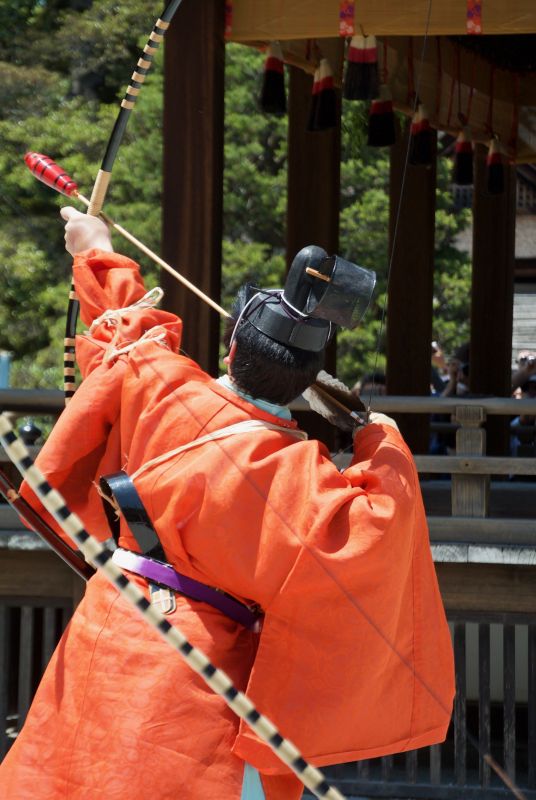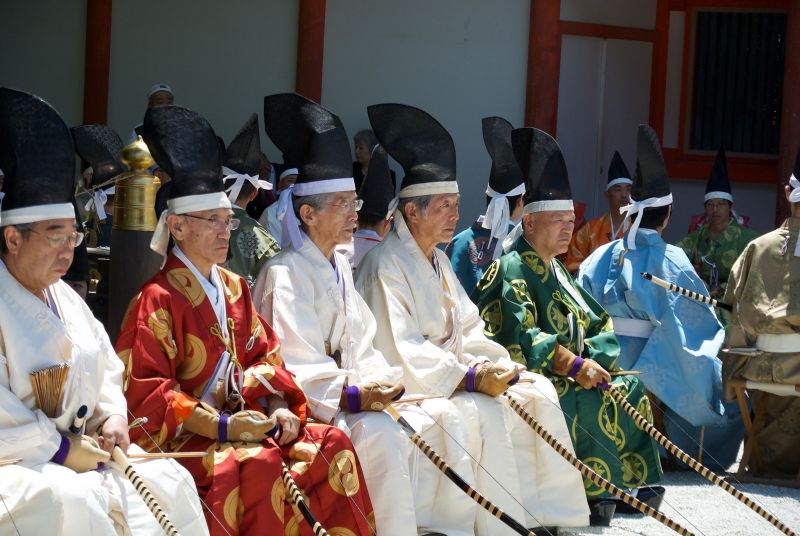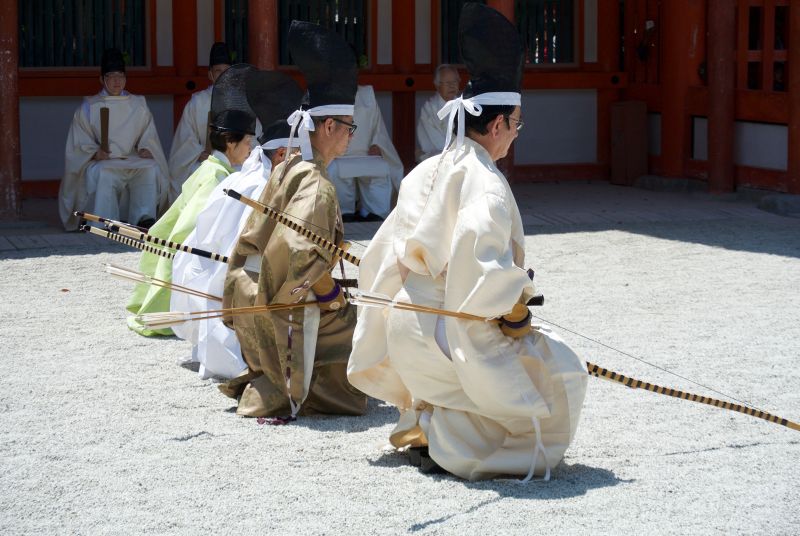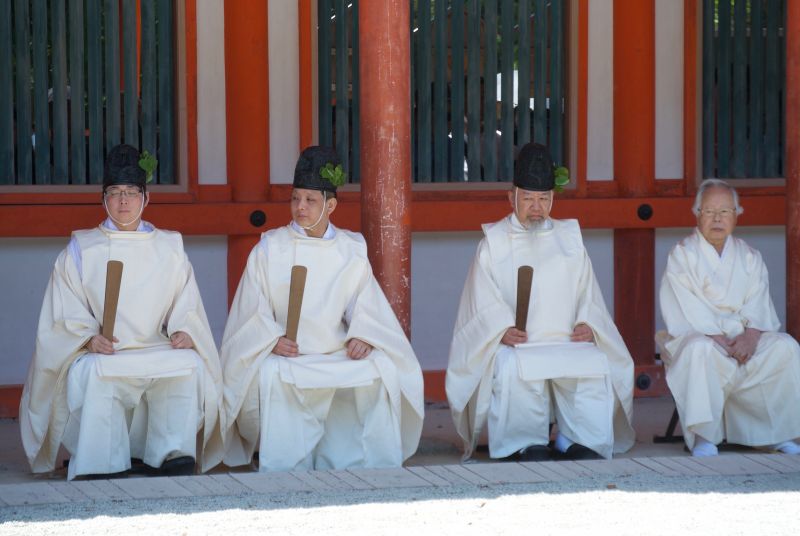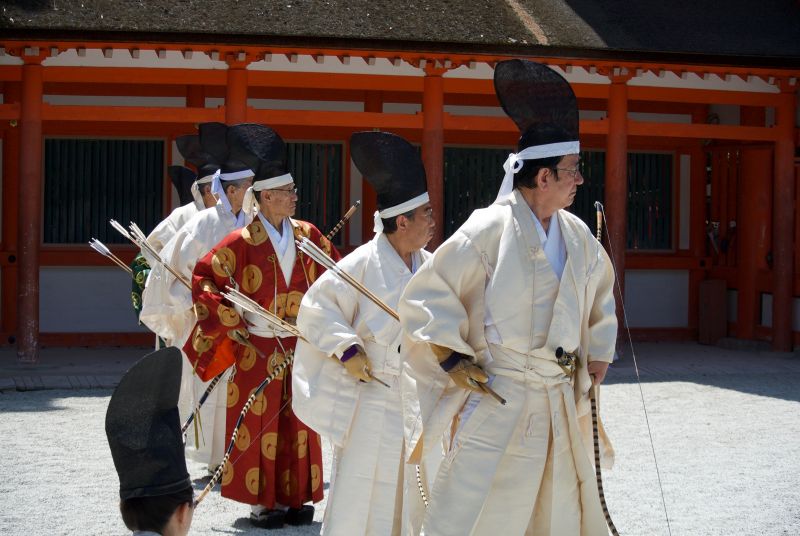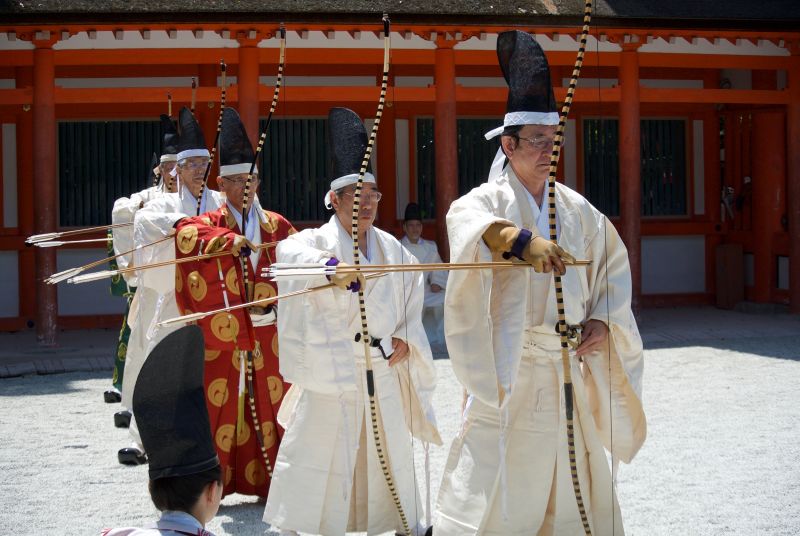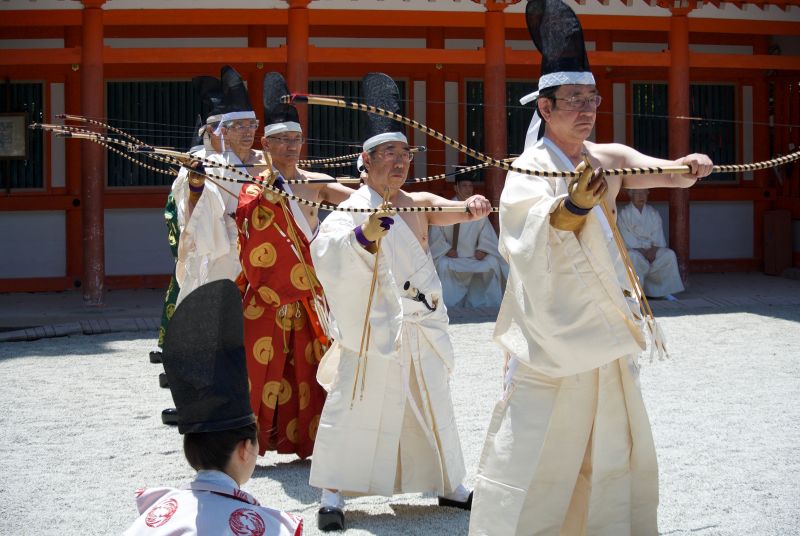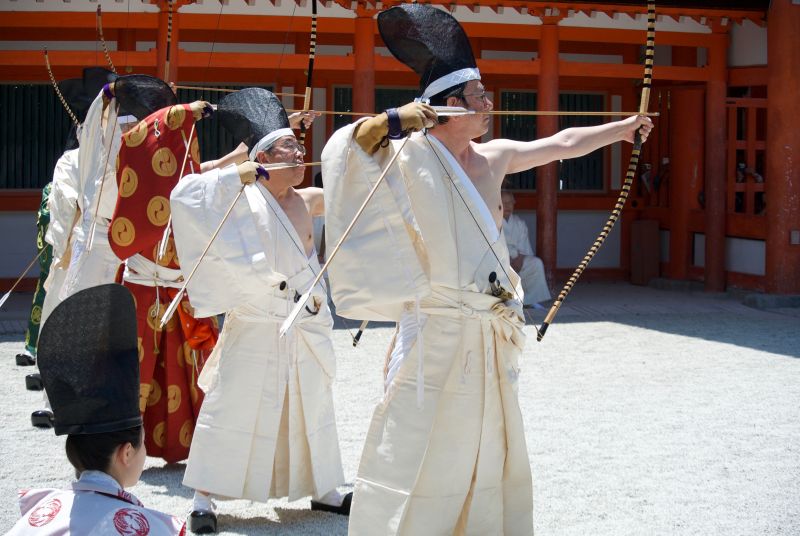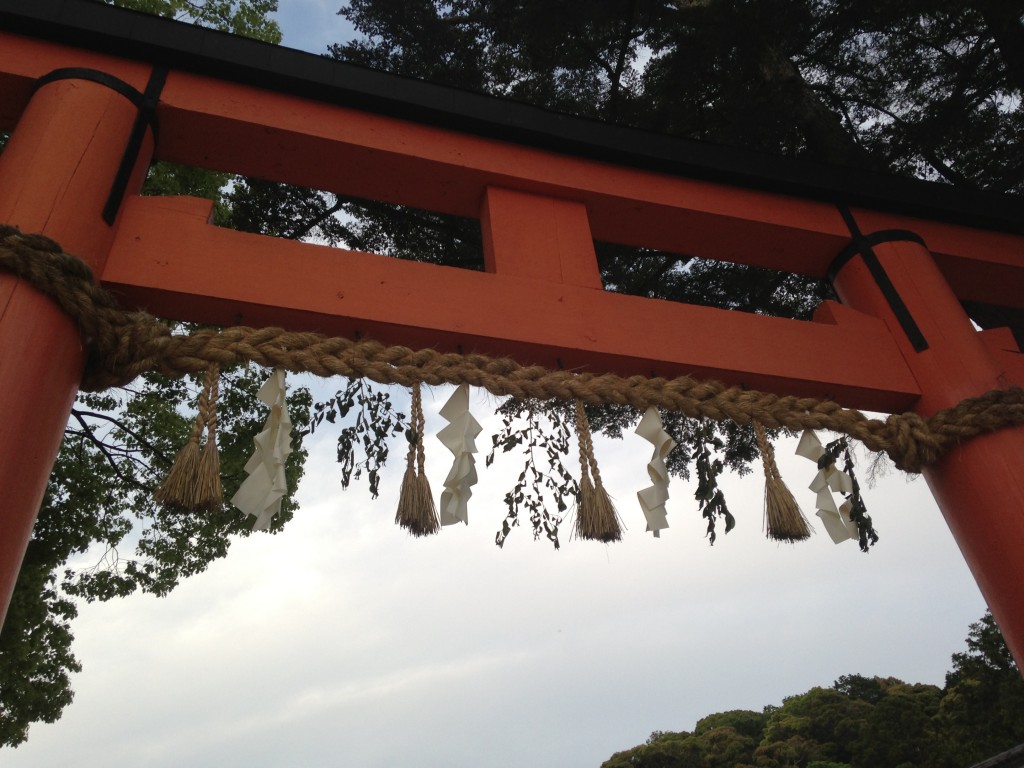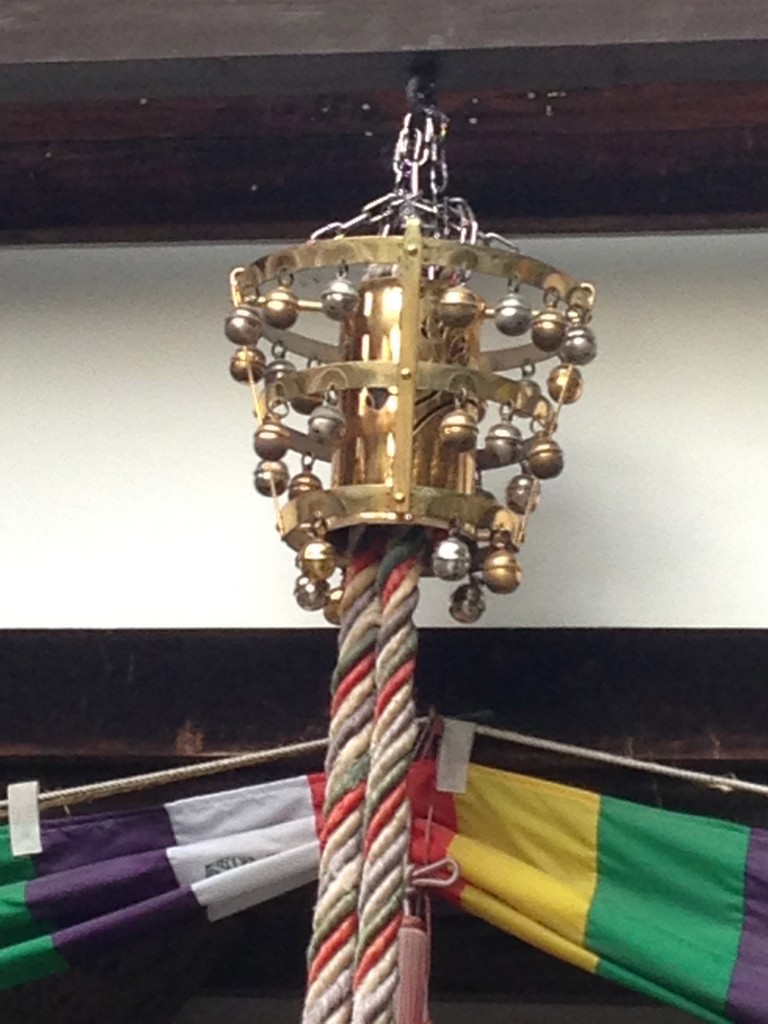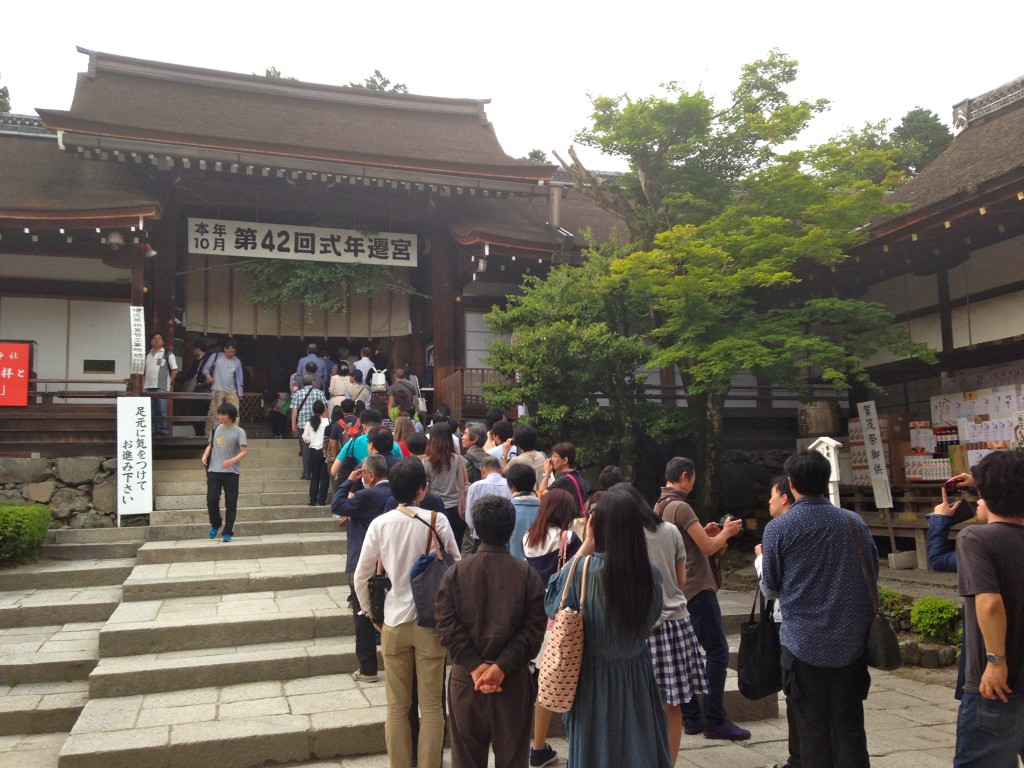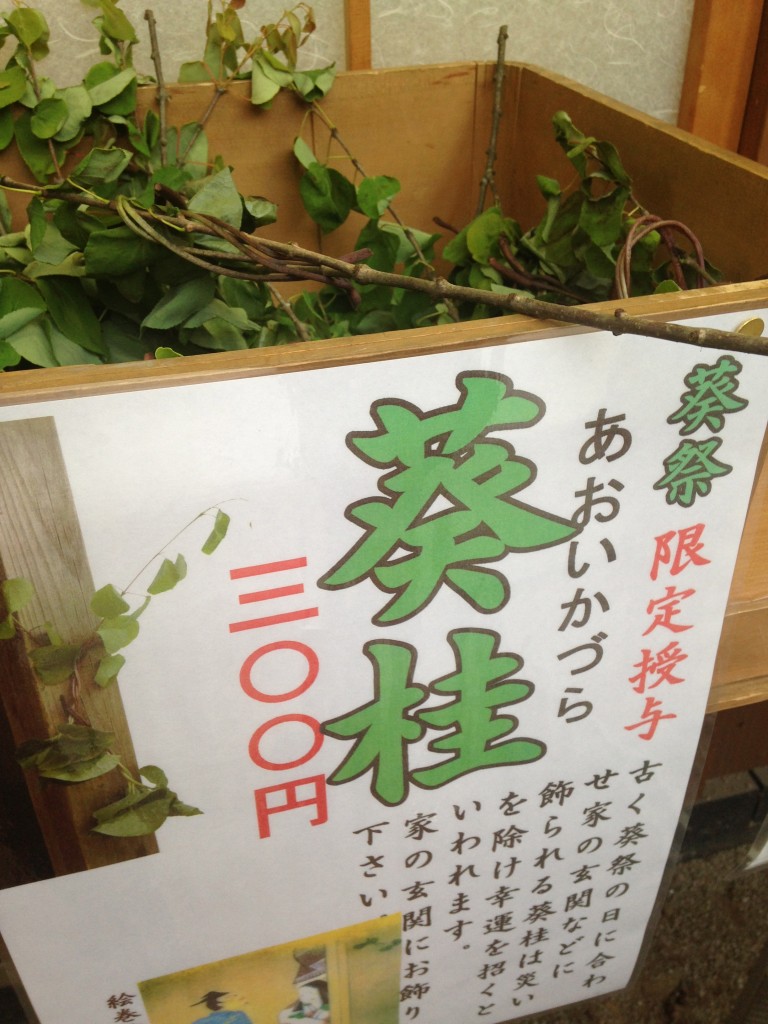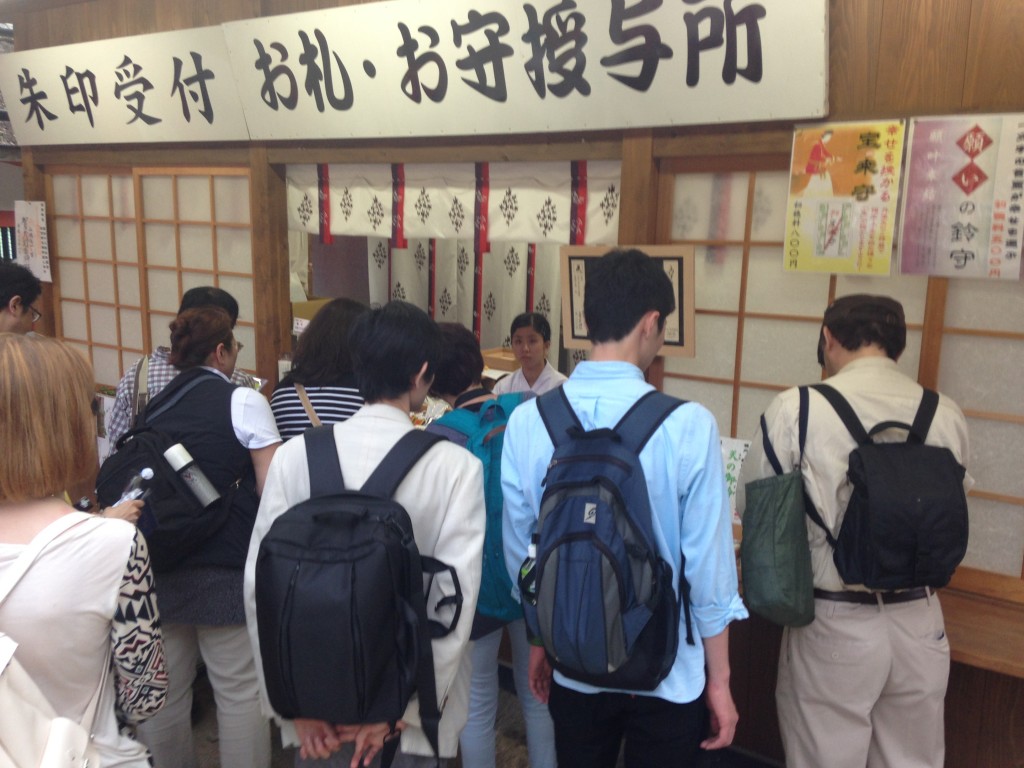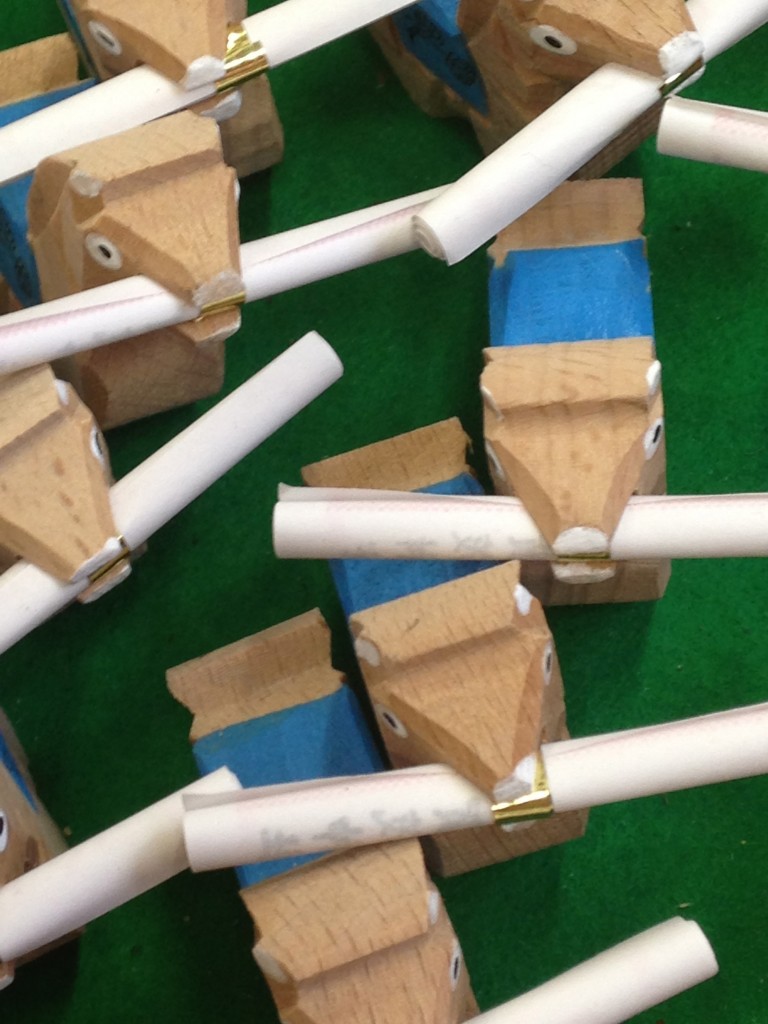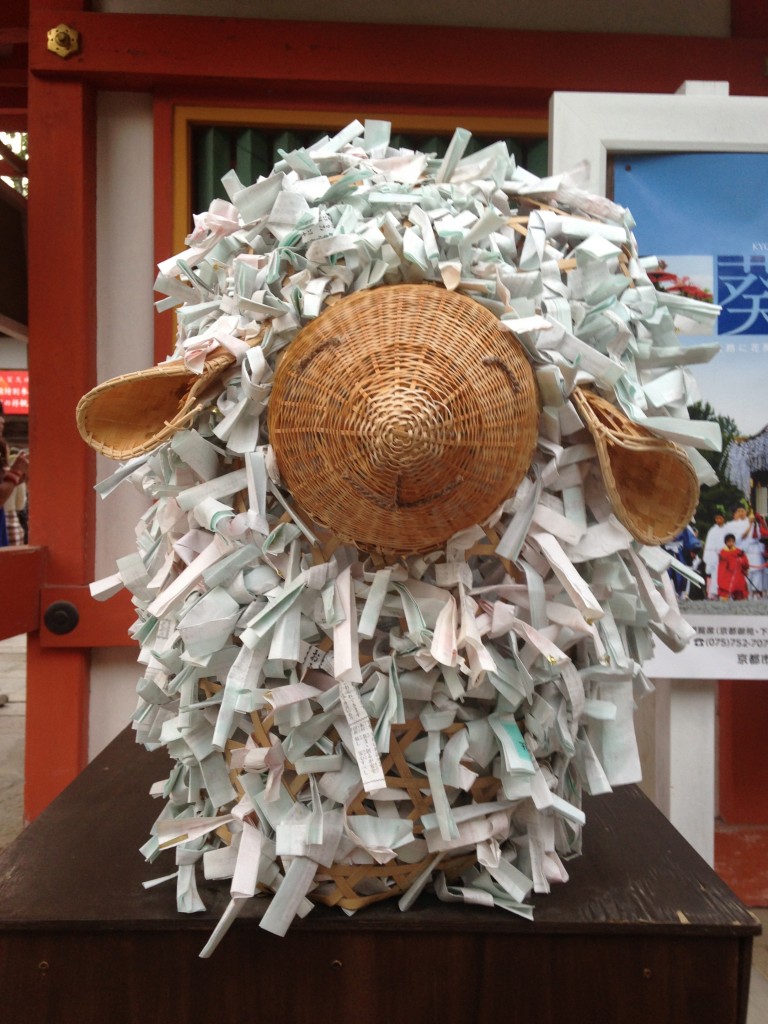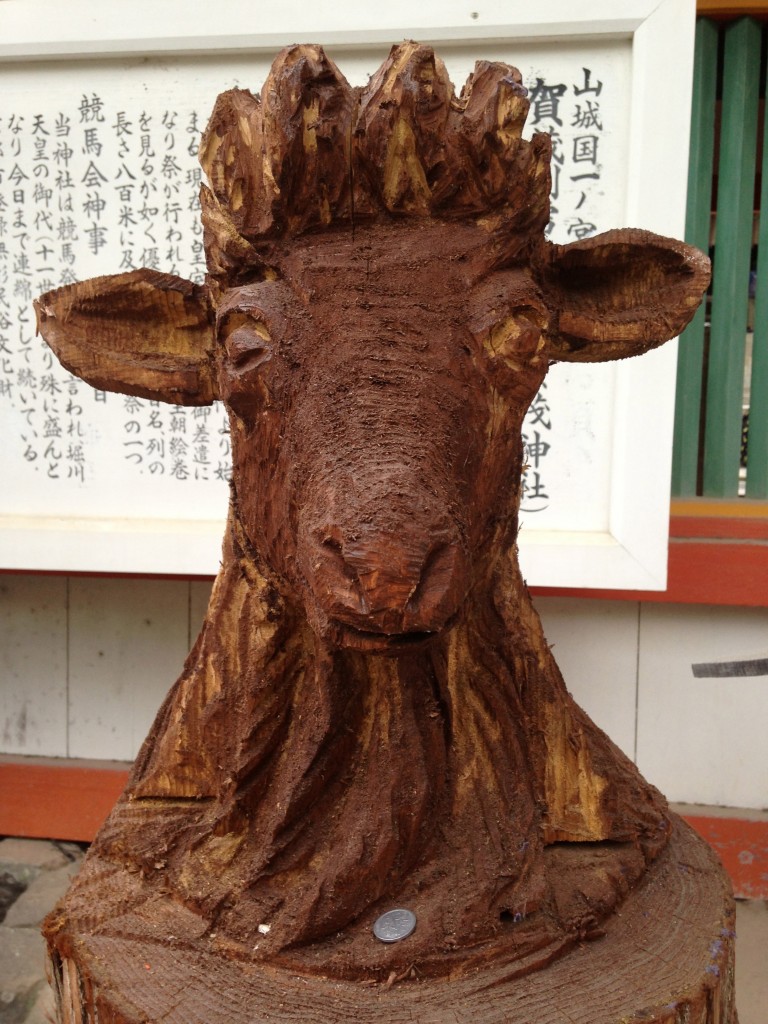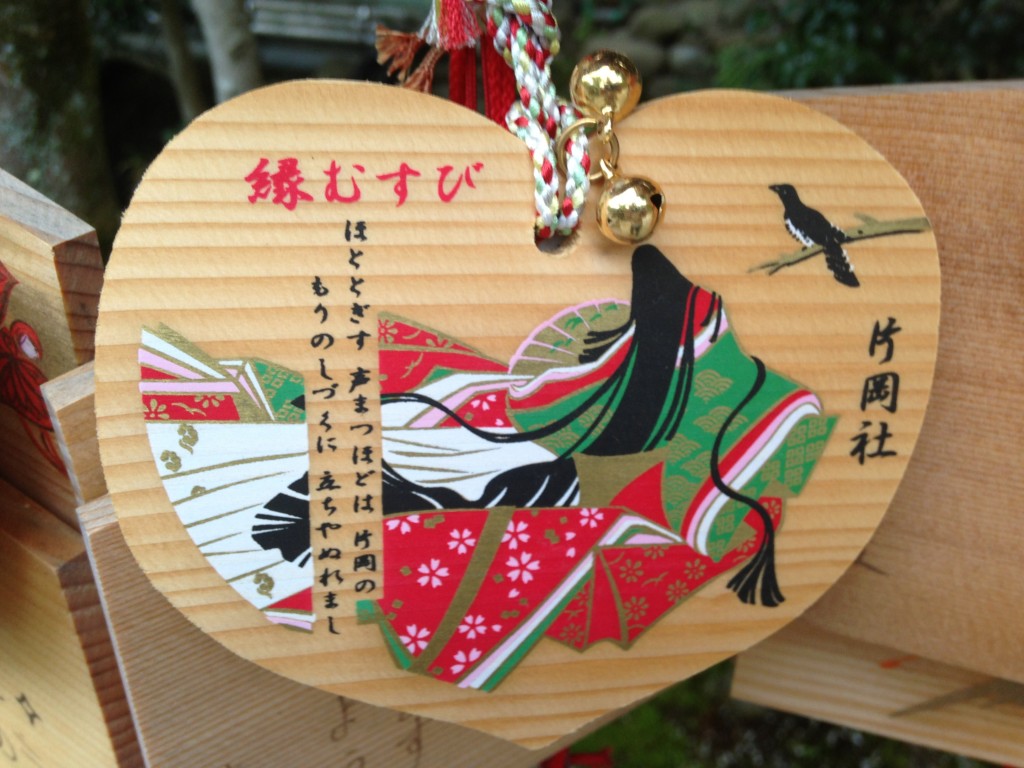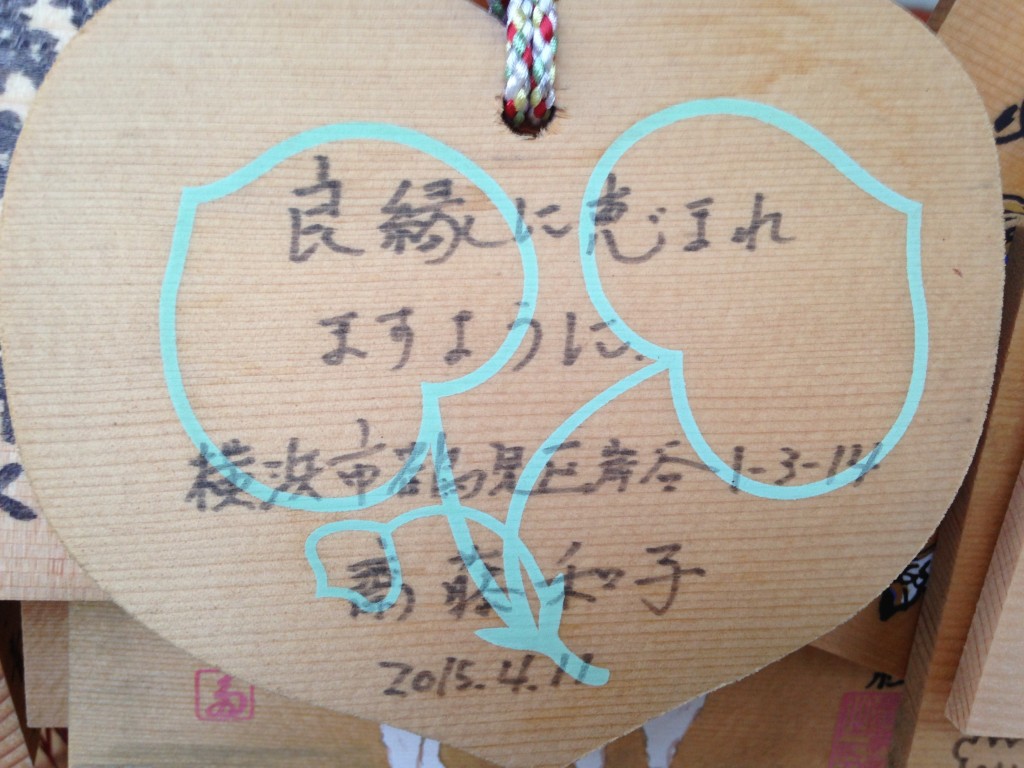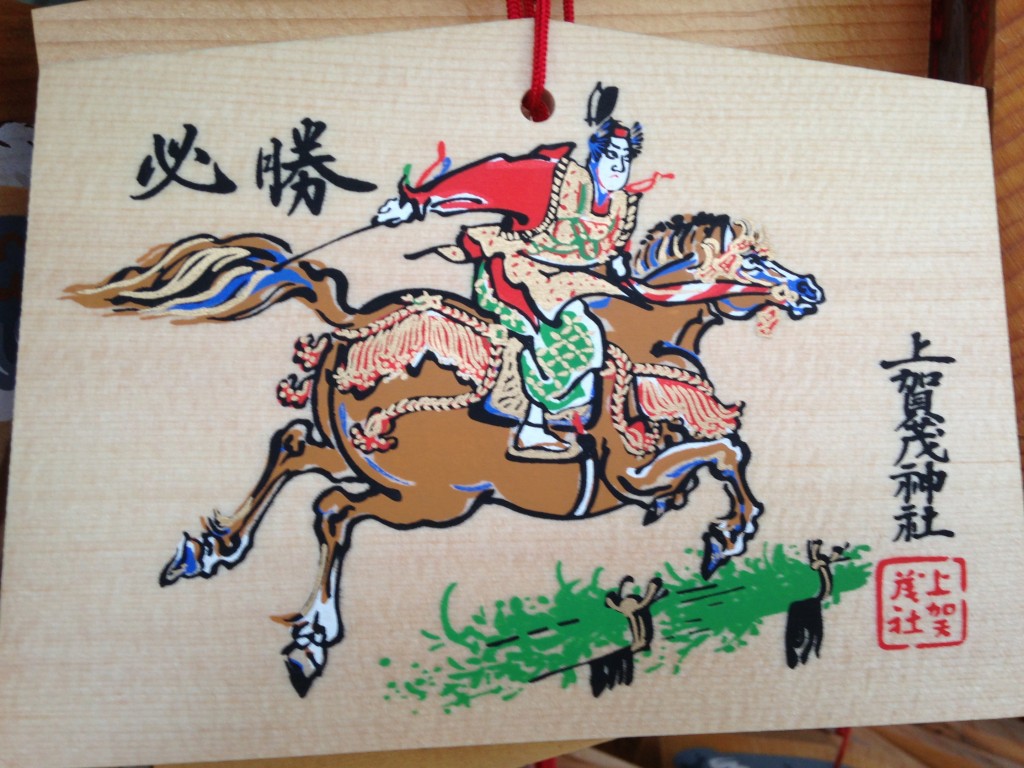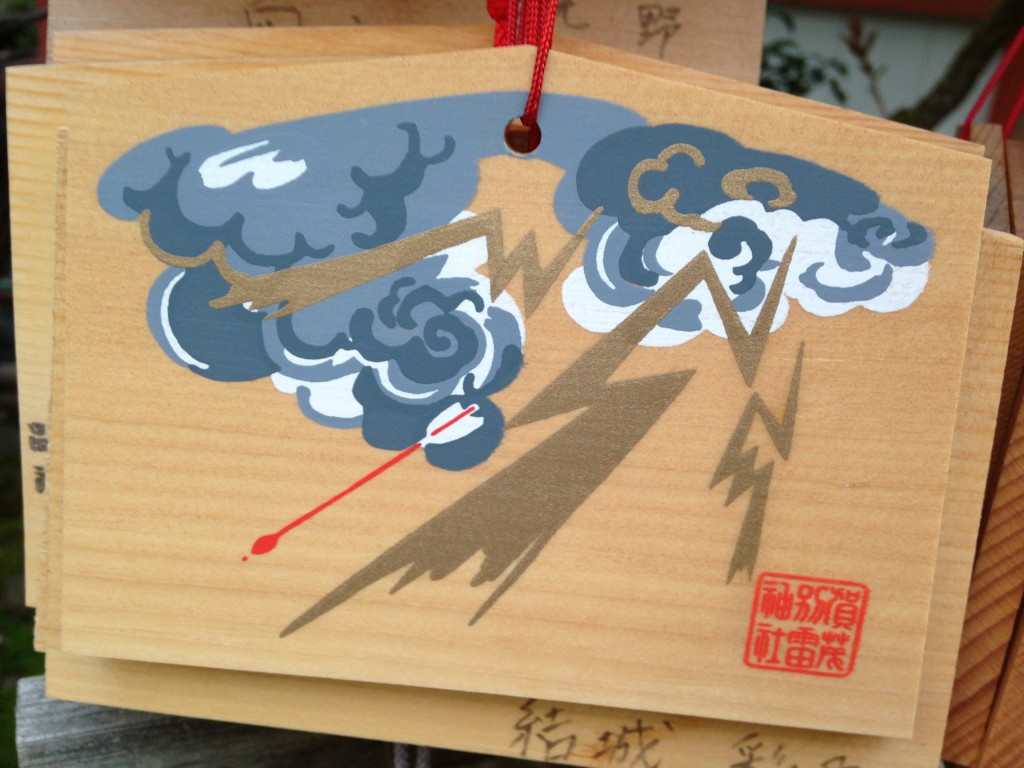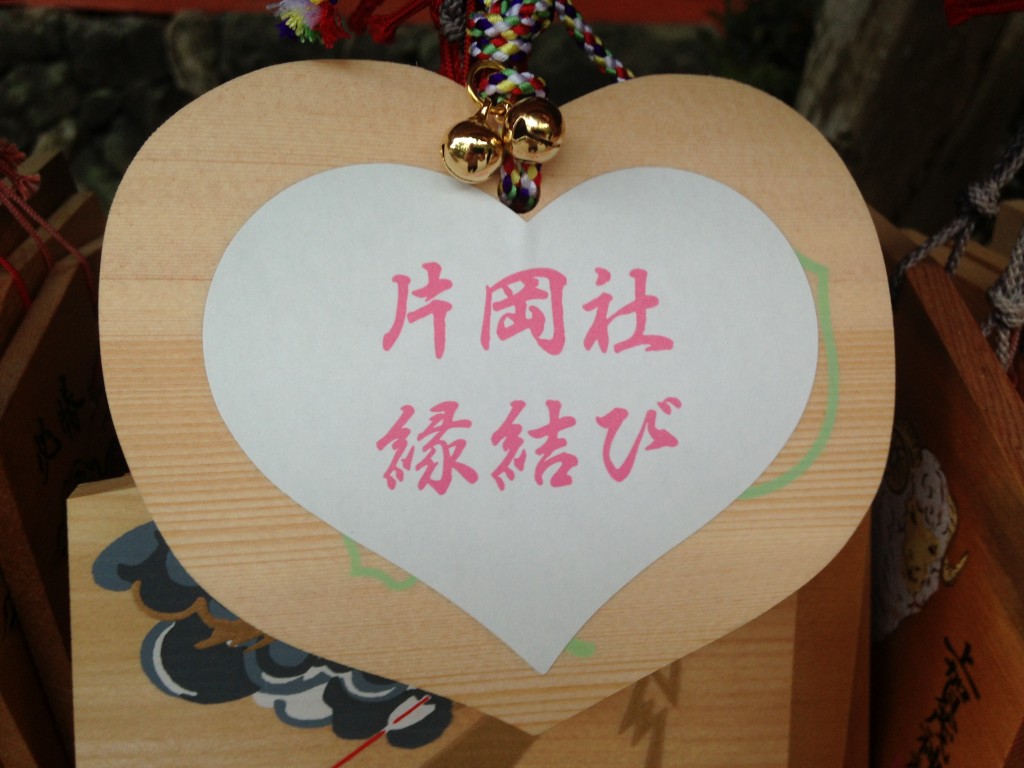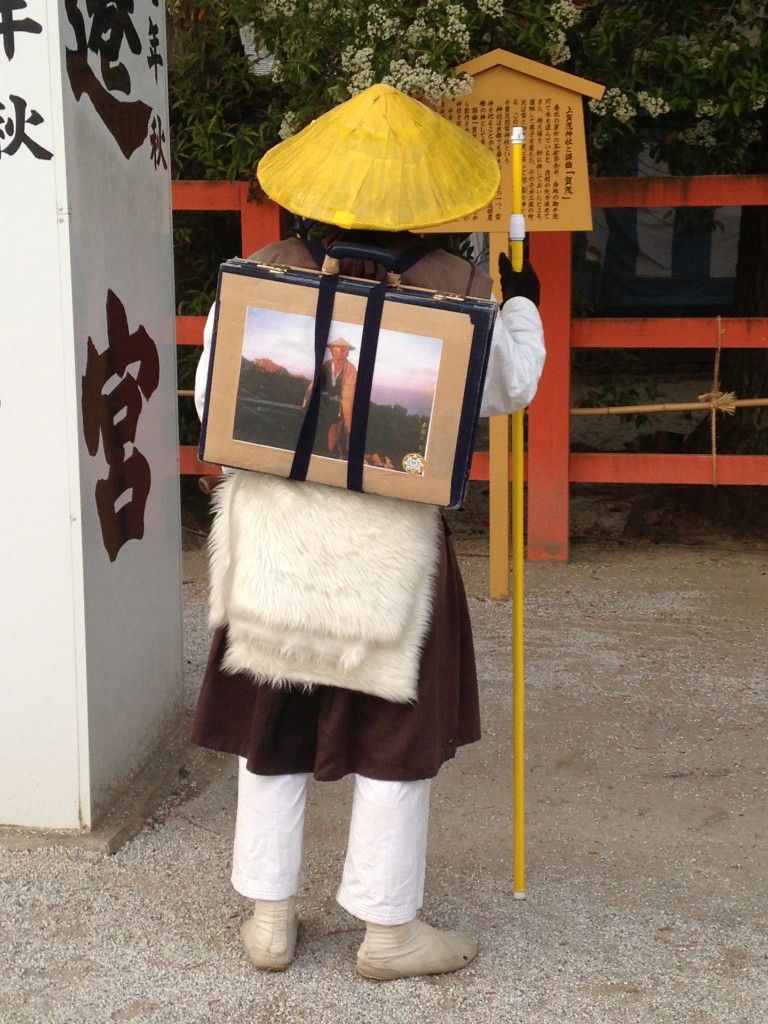Most people who think of Kyoto and festival will bring to mind the month-long Gion Matsuri, an event of ancient origins which displays much of the craftsmanship that makes the old capital special.
But there is another month-long festival in Kyoto with ancient origins that is almost as impressive , namely the Aoi Matsuri. The Gion Festival takes place in July; the Aoi Festival in May. Together the two ancient festivals stand in contrast to the Meiji-era creation of the Jidai Matsuri in the autumn.
Gion Matsuri is hosted by Yasaka Shrine, Aoi Matsuri jointly by Shimogamo and Kamigamo; Jidai Matsuri by Heian Jingu. At the heart of these Shinto festivals is a procession, put on for the delight of the kami (and of course the citizenry, who crowd the streets to watch). In the case of the Aoi Matsuri this takes place on May 15.
Before the procession there are preparatory events, mostly consisting of purification rituals. The first major event takes place on May 3 at 13.00 in the wooded precincts of Shimogamo Shrine. It is known as Yabusame Shinji, or Mounted Archery Ritual, the purpose is to purify the procession route and ensure its safety. Here is a report from an earlier Green Shinto posting.
***************
Each year on May 3rd at Shimogamo Shrine, one of the preparatory events for the Aoi Festival begins at 13:00 within the green canopy of the Tadasu no Mori forest. The Yabusame Shinji, or Mounted Archery Ritual, is conducted to pray for the safety of the procession and to purify the parade route. Performed by archers of the Ogasawara school based in Kamakura, it is carried out in a style that traces its history back some 850 years and involves riders thundering down a 500-meter lane firing arrows at three targets along the way.

The sound of thundering hoof-beats growing closer and closer lets people know something exciting is about to happen, and each time an archer hits the target, a cheer can be heard from the assembled crowd. If you are in town for Golden Week or Aoi Matsuri, be sure not to miss this dynamic ritual and display of martial prowess. Be warned however; it can be very crowded and difficult to see if you don’t get there early enough.

